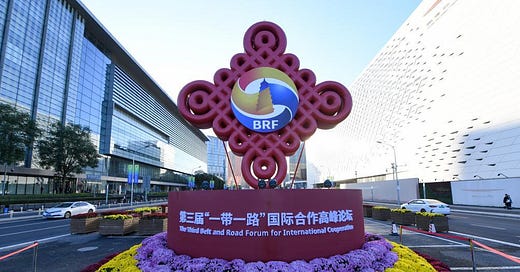On October 10, 2023, in anticipation of the October 17-18 Forum of the Belt and Road Initiative (BRI), China's State Council Information Office released a 40-page, 15,000-word white paper entitled "The Belt and Road Initiative: A Key Pillar of the Global Community of Shared Future.” The white paper explains the history, purpose, goals, and achievements of the BRI in its first ten years. The white paper seeks to deepen understanding of the initiative, thus facilitating even further advances, not only of benefit to China, but to many countries and peoples.
The white paper notes that in March 2013, Chinese President Xi Jinping proposed a global community with a shared vision for its future. In September and October of that year, Xi put forth the notion of joining with others in building a Silk Road Economic Belt and a 21st Centuy Maritime Silk Road, which were designated as the Belt and Road Initiative, or BRI. During the past ten years, the white paper observes, the BRI ha…


